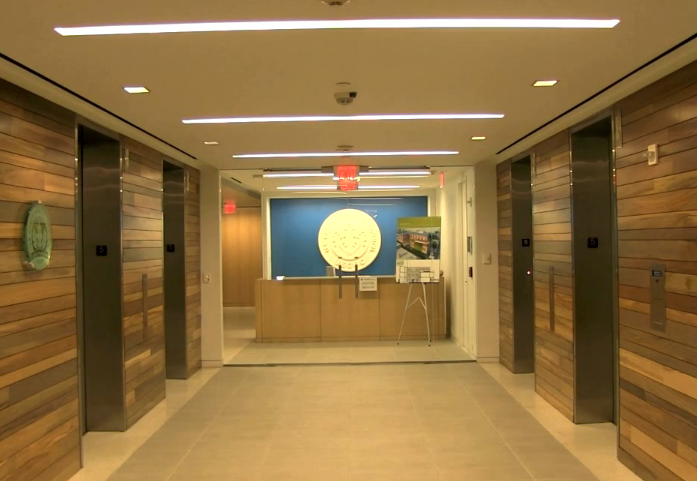Code Green Solutions


Last month, Tom Lent, Policy Director of the Healthy Building Network sat down alongside Brendan Owens, VP of LEED Technical Development at USGBC, for a lunch talk entitled Building Material Transparency: We Should Care What’s in Our Buildings. It was the second such lunchtime presentation hosted by USGBC, and the third event overall in a series we are putting on this year that examines building materials and human health impacts.
Tom presented a general overview of the underlying health concerns of building materials, the current state of material ingredient transparency, and the challenges associated with closing the gap between knowing what’s in our products and removing those chemicals that are harmful. From a brief history of toxic material regulation, and how that process is slow, expensive, and ineffective, to the myriad companies and platforms now trying to wade through the murky waters of serious health problems and access to material ingredient information, Tom did a remarkable job of framing why exactly this subject is so fraught with challenges.
Then Brendan took the microphone and explained how LEED Version 4 is set up specifically to address these challenges. LEED has long been a tool for market transformation, and the new Materials and Resources credits are the next step in that tradition of tackling difficult problems through inclusive, market-based decision making. Brendan explained that the way we think about health in buildings is ingrained into LEED v4 in a very systematic and fundamental way, and that we at USGBC want LEED to be a market-disruptive force, but a positive one that we hope will facilitate changes in a proactive and pragmatic way. Brendan acknowledged that we have significant challenges ahead of us, but that we can overcome them if we work together.
To me this lunch lecture was eye-opening, and just the right amount of technical jargon while still being accessible. Because, let’s be honest, these are complicated issues even for the professionals trained in chemistry, health, and toxicology, not to mention professionals typically working in the building sector. One of my main takeaways was the fact that architects and designers are now being asked to think about, address, and advocate for considerations that haven’t typically been under their purview. Tom highlighted this point when he asked how many people in the audience were architects. Hands went up. He followed with, “Okay, now how many of you went to architecture school because you liked chemistry?” All the hands went down. Another key point was that materials ingredient transparency isn’t the finish line, but rather a means to a greater end. Transparency alone was described as looking into your neighbor’s garage. It’s great that you can see what’s going on in there, but then what? Materials transparency is the first big step towards unlocking further transformation in building materials.
One of the goals we are trying to achieve through this event series is distilling the essential truths and central conflicts about this emerging discourse, and in doing so bring into the conversation the diverse voices that will play a critical role in charting the course towards a cleaner, safer, greener built environment. It’s the same philosophy that underpins LEED’s trademark integrated design process: bring the right players together and you produce better, more creative outcomes. This lunch event, only the third of many we’re planning for 2014, encapsulated for me that mission and delivered on it with a palpable resolve for all-inclusive, solutions-based dialogue. In the room were architects and designers, product manufacturers and their industry advocacy groups, government officials charged with monitoring and regulating them, and other green building stakeholders. In other words, not your typical round table discussion demographic. This conversation has only just begun, and we hope you will join in the conversation. Sign up to stay informed about the next events related to our LEED, Materials, and Health Initiative.